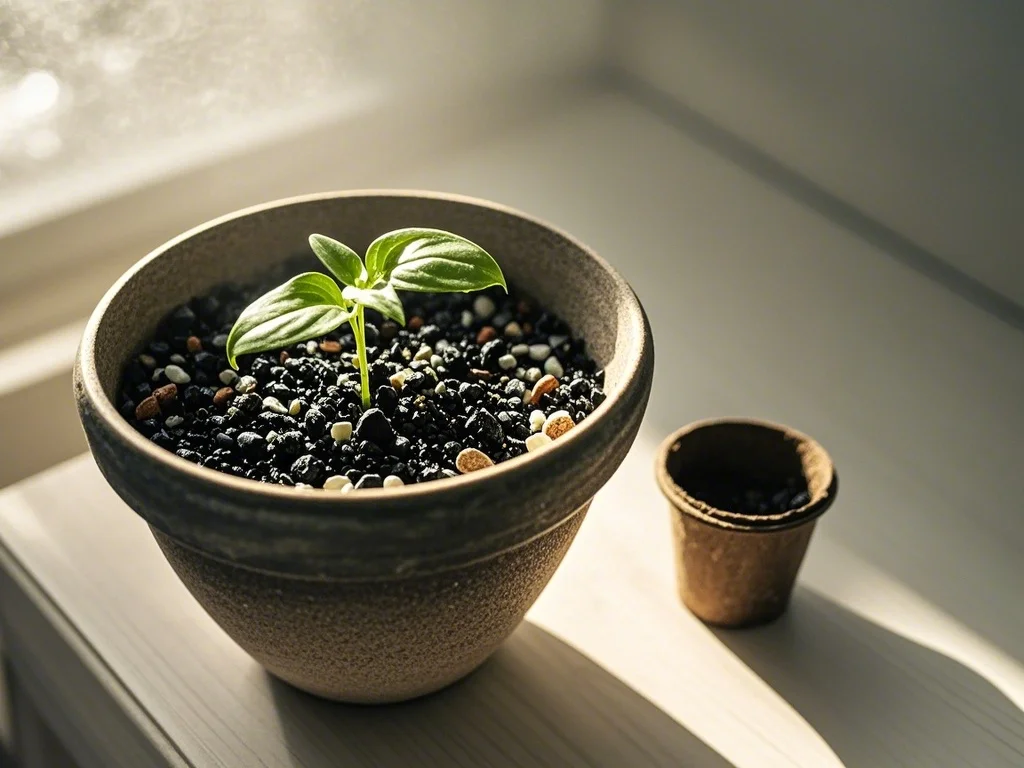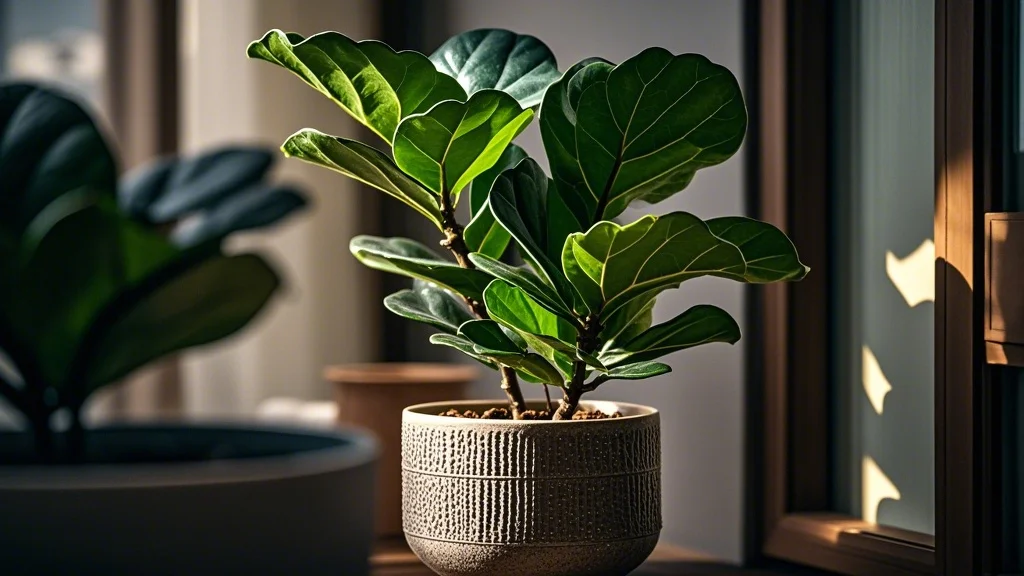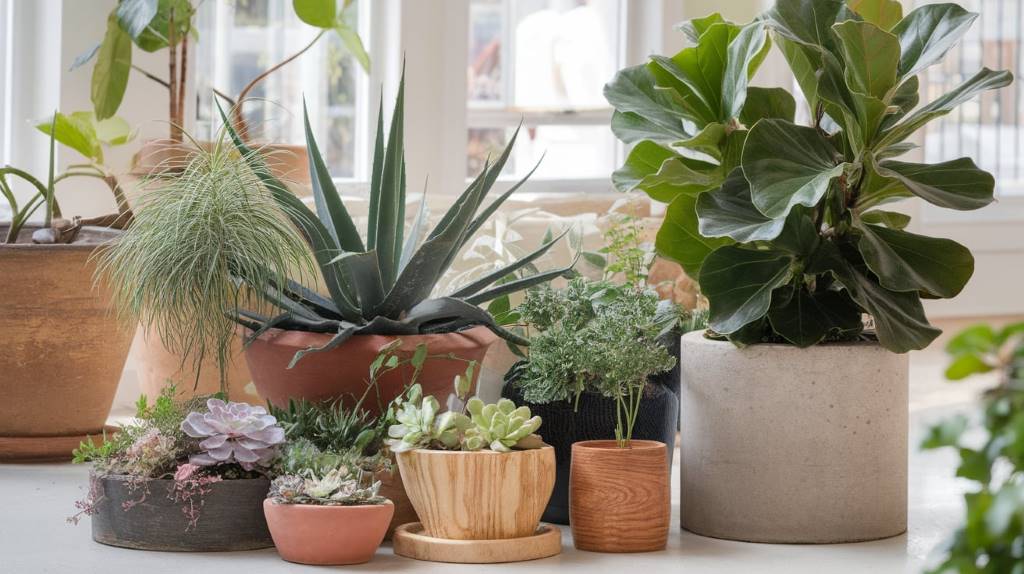Soil pH is a crucial factor in houseplant health, directly influencing nutrient availability and overall plant growth. This article delves into the importance of soil pH for indoor plants, methods for testing, and techniques for adjusting pH levels to optimize plant health.
Contents
- 1 What is Soil pH?
- 2 Why Soil pH Matters for Houseplants
- 3 Common pH Preferences for Popular Houseplants
- 4 Testing Soil pH for Houseplants
- 5 Interpreting pH Test Results
- 6 Adjusting Soil pH for Houseplants
- 7 Step-by-Step Guide to Adjusting Soil pH
- 8 Maintaining Optimal Soil pH
- 9 Common Signs of pH-Related Issues in Houseplants
- 10 Advanced pH Management Techniques
- 11 Conclusion
What is Soil pH?
Soil pH is a measure of the acidity or alkalinity of soil, ranging from 0 (highly acidic) to 14 (highly alkaline). A pH of 7 is considered neutral. Most houseplants thrive in slightly acidic to neutral soil, typically between 6.0 and 7.0.
The pH Scale for Houseplants
- 0-5.5: Highly acidic
- 5.5-6.5: Slightly acidic (ideal for most houseplants)
- 6.5-7.5: Neutral
- 7.5-14: Alkaline
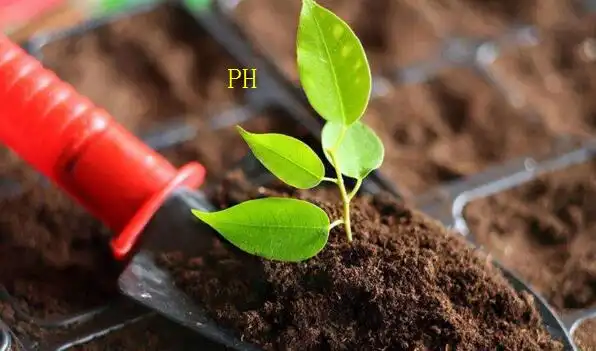
Why Soil pH Matters for Houseplants
-
Nutrient Availability: pH levels affect the solubility of nutrients in the soil. At optimal pH levels, essential nutrients are more readily available for plant uptake.
-
Microbial Activity: Beneficial soil microorganisms thrive within specific pH ranges, contributing to soil health and plant growth.
-
Root Health: Extreme pH levels can damage root systems, impeding nutrient absorption and overall plant health.
-
Plant-Specific Requirements: Different plant species have varying pH preferences based on their native habitats.
Common pH Preferences for Popular Houseplants
- Acidic (pH 5.0-6.0):
- African Violets
- Orchids
- Gardenias
- Ferns
- Slightly Acidic to Neutral (pH 6.0-7.0):
- Philodendrons
- Pothos
- Spider Plants
- Peace Lilies
- Neutral to Slightly Alkaline (pH 7.0-7.5):
- Succulents
- Cacti
- Snake Plants
Testing Soil pH for Houseplants
1. pH Test Kits
These affordable kits typically include a color-coded chart and testing solution or strips.
Procedure:
- Collect a small soil sample from 2-3 inches below the surface.
- Mix the soil with distilled water to create a slurry.
- Insert the test strip or add the testing solution.
- Compare the resulting color to the provided chart.
2. Digital pH Meters
More accurate than test kits, digital pH meters provide precise numerical readings.
Procedure:
- Calibrate the meter according to manufacturer instructions.
- Insert the probe into moist soil, about 2-3 inches deep.
- Wait for the reading to stabilize and record the result.
3. Laboratory Testing
For the most comprehensive results, consider sending a soil sample to a professional laboratory. This method provides detailed information about pH and other soil properties.
Interpreting pH Test Results
- pH 5.5-6.5: Ideal for most houseplants
- pH < 5.5: Too acidic, consider raising pH
- pH > 7.0: Too alkaline, consider lowering pH
Adjusting Soil pH for Houseplants
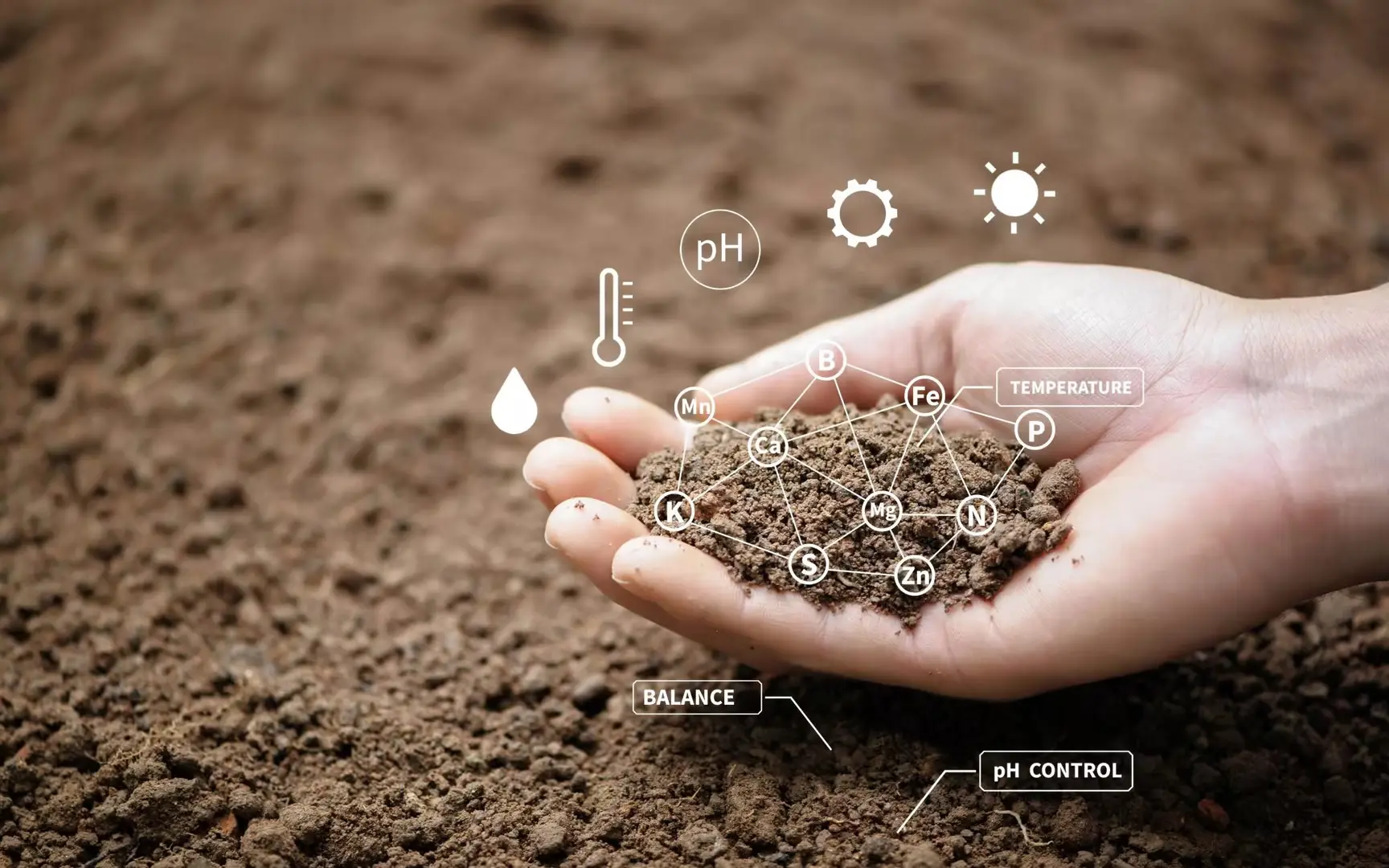
Lowering Soil pH (Making Soil More Acidic)
-
Sulfur: A slow-acting but long-lasting solution. Apply finely ground elemental sulfur to the soil surface and water thoroughly.
-
Aluminum Sulfate: Acts more quickly than elemental sulfur. Dissolve in water and apply to the soil.
-
Coffee Grounds: A natural, mild acidifier. Mix used coffee grounds into the top layer of soil.
-
Acidic Fertilizers: Choose fertilizers specifically formulated for acid-loving plants.
Raising Soil pH (Making Soil More Alkaline)
-
Lime: The most common method for raising pH. Use either calcitic lime (calcium carbonate) or dolomitic lime (calcium magnesium carbonate).
-
Wood Ash: A natural alternative to lime, but use sparingly as it’s highly alkaline.
-
Baking Soda: For minor pH adjustments, mix 1 tablespoon of baking soda per quart of water and apply to the soil.
Step-by-Step Guide to Adjusting Soil pH
-
Test Current pH: Use one of the methods described earlier to determine the starting pH.
-
Calculate Adjustment Needed: Determine how many pH points you need to raise or lower.
-
Choose Amendment: Select the appropriate material based on desired pH change and plant sensitivity.
-
Apply Amendment: Follow product instructions for application rates. It’s better to make gradual adjustments over time rather than drastic changes.
-
Water Thoroughly: After applying amendments, water the plant well to help distribute the material.
-
Monitor and Retest: Wait 2-4 weeks, then retest the soil pH. Adjust further if necessary.
Maintaining Optimal Soil pH
-
Regular Testing: Check soil pH every 6-12 months or when plants show signs of nutrient deficiencies.
-
Water Quality: Be aware that tap water can affect soil pH over time. Consider using filtered or rainwater for pH-sensitive plants.
-
Proper Drainage: Ensure pots have adequate drainage to prevent waterlogging, which can affect pH levels.
-
Repotting: When repotting, use fresh, pH-appropriate potting mix.
-
Fertilizer Selection: Choose fertilizers that align with your plants’ pH preferences.
Common Signs of pH-Related Issues in Houseplants
Symptoms of Overly Acidic Soil (pH too low)
- Yellowing leaves (chlorosis)
- Stunted growth
- Brown leaf tips
- Reduced flowering
Symptoms of Overly Alkaline Soil (pH too high)
- Interveinal chlorosis (yellowing between leaf veins)
- Poor nutrient uptake, especially iron
- Slow growth
- Leaf drop
Advanced pH Management Techniques
1. Buffering Soil pH
Buffering helps stabilize soil pH, making it more resistant to fluctuations. Add organic matter like compost or peat moss to increase the soil’s buffering capacity.
2. Using pH-Specific Potting Mixes
For plants with strict pH requirements, consider using specialized potting mixes formulated for their needs. For example:
- Orchid mix for acid-loving epiphytes
- Cactus mix for alkaline-preferring succulents
3. Foliar Feeding for Quick Nutrient Uptake
When pH imbalances are causing nutrient deficiencies, foliar feeding can provide a temporary solution while you work on adjusting soil pH.
Conclusion
Understanding and managing soil pH is crucial for maintaining healthy houseplants. Regular testing and appropriate adjustments can significantly improve plant growth, nutrient uptake, and overall vitality. By mastering the art of pH management, you’ll be well-equipped to provide optimal growing conditions for your indoor garden.
Remember that each plant species has unique preferences, and factors like water quality and fertilizer choice can impact soil pH over time. With consistent monitoring and care, you can create the ideal pH environment for your houseplants to thrive.

